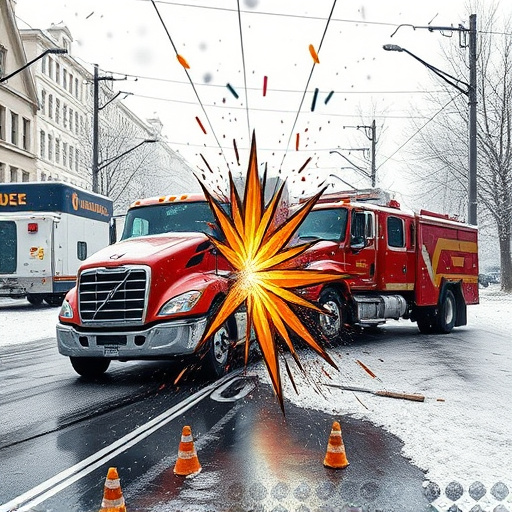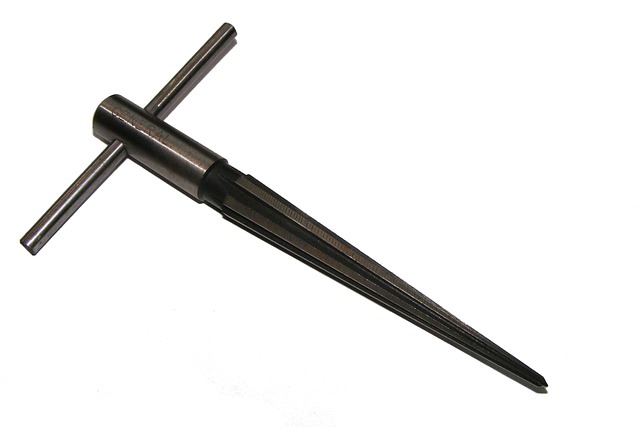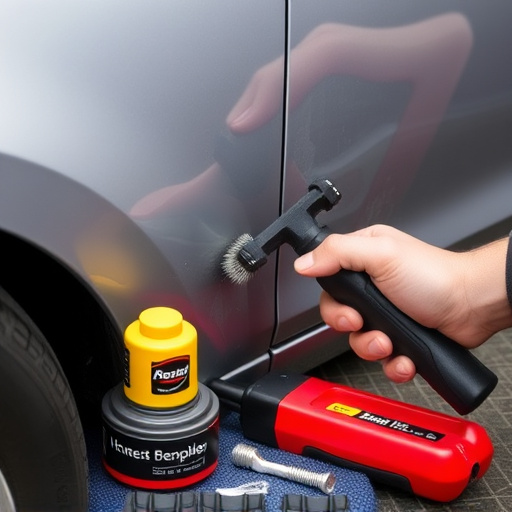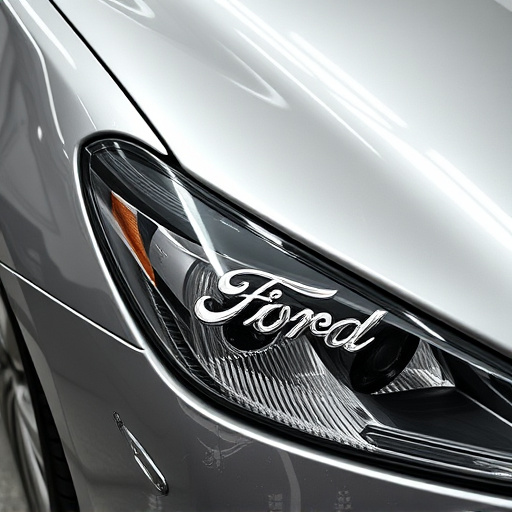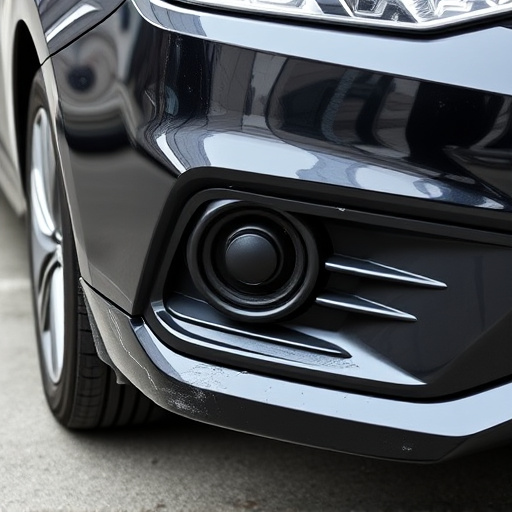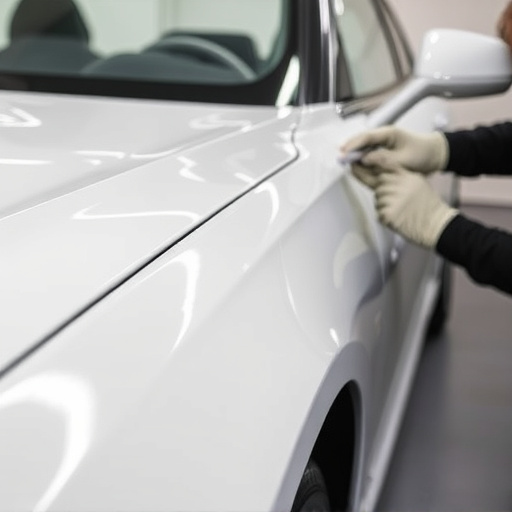Roof panel replacement is crucial for maintaining residential and commercial roofs, focusing on assessing, removing, and installing new panels that match original specs. Collision repair shops offer this service, addressing both cosmetic and structural issues. Sectioning techniques divide exterior panels into smaller sections, providing precise matches and replacements for complex collision repairs, enhancing aesthetic appeal and structural integrity. Costs are a major factor; sectioning is more cost-effective than replacing entire roof sections, suitable for complex auto collision repairs while roof panel replacement is better for minor damage.
Roof panel replacement is a significant home improvement project, offering both functional and aesthetic benefits. This article delves into two prominent procedures: traditional roof panel replacement and sectioning techniques. We’ll explore the process of each method, highlighting advantages and drawbacks in terms of cost and efficiency. By understanding these options, homeowners can make informed decisions for their roofing needs, ensuring long-lasting protection and enhancing property value through effective roof panel replacement.
- Understanding Roof Panel Replacement Process
- Exploring Sectioning Techniques and Benefits
- Comparative Analysis: Costs and Efficiency Considerations
Understanding Roof Panel Replacement Process

Roof panel replacement is a crucial process in both residential and commercial roofing. It involves the removal of damaged or old panels and the installation of new ones, ensuring structural integrity and aesthetic appeal. The procedure begins with an assessment to identify the extent of damage, followed by meticulous disassembly of the affected sections. Skilled roofers carefully pry up the damaged panels, taking care not to disrupt the surrounding intact areas.
Once removed, the old panels are replaced with new ones that match the original specifications. These new panels are securely fastened using specialized fasteners and sealed to prevent water intrusion. The process requires precision and knowledge of roofing materials and techniques. Many collision repair shops or body shop services offer roof panel replacement as part of their comprehensive vehicle restoration packages, addressing not just a fender bender but also ensuring the vehicle’s overall structural soundness.
Exploring Sectioning Techniques and Benefits

In the realm of vehicle bodywork, sectioning techniques have emerged as a specialized approach to repairing and restoring vehicles, particularly after accidents or extensive damage. This method involves breaking down the vehicle’s exterior panels into smaller sections for individual repair or replacement, offering several advantages over traditional roof panel replacement. By sectioning specific areas, technicians can accurately match and replace damaged parts, ensuring precision in vehicle restoration.
This tailored approach is especially beneficial for complex vehicle collision repairs, where conventional methods might struggle to address unique shapes and curvatures of modern car designs. Sectioning techniques allow for a more flexible and customized repair process, ultimately enhancing the overall aesthetics and structural integrity of the vehicle. It’s a game-changer in the automotive industry, ensuring that vehicles not only look good as new but also maintain their safety standards post-restoration, making it a preferred choice for those seeking top-notch vehicle bodywork solutions, including roof panel replacements.
Comparative Analysis: Costs and Efficiency Considerations
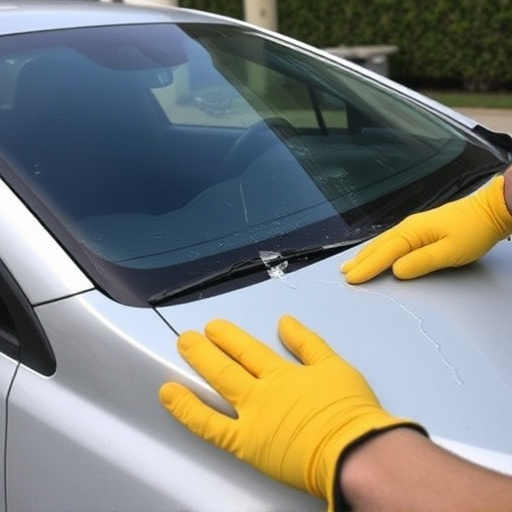
When comparing roof panel replacement to sectioning procedures, costs play a significant role in determining the most efficient approach for your luxury vehicle repair needs. While roof panel replacement involves swapping out entire panels, sectioning allows for targeted repairs to specific damaged areas. In terms of cost-effectiveness, sectioning often presents a more economical solution, as it reduces material waste and labor expenses associated with replacing entire sections of the roof.
Considering the complexity of the process, roof panel replacement may be more suitable for minor dings or dents, whereas sectioning shines in scenarios requiring intricate repairs after an auto collision center encounter. For those seeking a balance between cost and efficiency, evaluating the extent of damage to your vehicle’s roof is key before deciding between these two reliable methods of autobody repairs.
When deciding between roof panel replacement and sectioning procedures, understanding the pros and cons of each approach is crucial. Roof panel replacement offers a straightforward solution for damaged or outdated panels, ensuring efficient repair and maintaining the structural integrity of your roof. Conversely, sectioning techniques provide a more tailored and flexible method, especially for complex repairs or when focusing on specific problem areas. Ultimately, the choice depends on your roofing needs, budget, and the extent of damage. For cost-effective and time-efficient solutions, roof panel replacement is ideal. However, sectioning may prove beneficial for meticulous repairs that preserve the existing structure.

